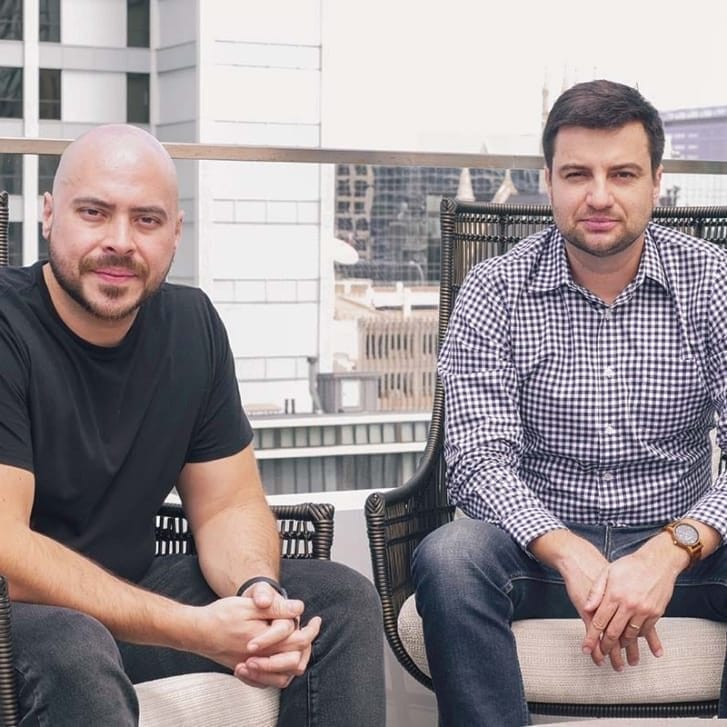A few months ago, LinkedIn released the results of a survey of more than 1,000 professionals detailing the top 10 workplace struggles they face. The overall picture was of a workforce that is stretched too far and generally unhappy. These results are consistent with other studies in which large numbers of Americans say they experience stress as a daily aspect of their lives.
Stress often is cast as a mental health problem—the domain of therapists, community groups, pharmaceutical companies, and policymakers. When employers wade into the conversation, they frequently note the costs in terms of chronic absenteeism, employee churn, and health care expenses. The damage caused by stress is indisputable. Minimizing that damage is difficult.
One reason is the complicated relationship between stress, distraction, and performance. While a certain amount of stress makes people better at their jobs, too much makes them worse. But it’s far from obvious where the sweet spot between “bored” and “burnt out” is, largely because people experience and respond to stress in different ways. For example, a fighter pilot probably will have a much higher level of optimal stress than, say, a professional hammock tester.
The problem is further complicated by the fact that an individual’s mental state isn’t static. Few people spend their whole lives either entirely at peace or stretched to the breaking point, which is why those around them often fail to see their struggles. Stress and distraction usually become apparent only when it’s too late—after an employee walks out the door or goes on medical leave.
Consider the following people who might inhabit a single division of a large company. Bob is unhappy with his new boss and starting to look for a new job. Maria’s marriage is on the rocks, and she’s toying with the idea of a fresh start in a different city. Sunita recently was passed over for a promotion and is now feeling less committed to the company. Abdul has been diagnosed with cancer and doesn’t want anyone to know. All of these people may be distracted by the stressors in their lives, and their work will suffer as a result. Finding constructive ways to intervene isn’t an easy task.
An employer seeking to ameliorate workplace stress and distraction needs to understand their workforce as a group of individuals undergoing constant change. People who are having trouble reveal that fact in their writing. The content of what they say often is less important than how they say it. One marker of intense stress and distraction is impaired cognitive processing, meaning that when people are pushed too far, they become less organized in the ways they process information and how they communicate their ideas. The words they use can be strong signals that they no longer are thinking clearly.
The connection between stress, distraction, and cognitive impairment has been observed in multiple studies of writing samples from people who have gone through traumatic events, ranging from the 9/11 terrorist attacks to the end of romantic relationships. Someone who has just suffered a personal tragedy, such as the death of a close friend or relative, might imagine that fact would not be discernible in something as impersonal as an internal office memo. But compare the language used in that memo to one written by the same person during happier times, and you will likely find a writer who is going through a rough period.
Which brings us back to the LinkedIn survey. The largest number of respondents cited work-life balance as a challenge. Because both components of that equation—“work” and “life”—are potential sources of stress and distraction, it often is hard to figure out which is the problem or where the balance lies. Whether stress and distraction are caused by a sick relative, problems in one’s relationship, or a difficult manager, the impact frequently will be the same.
Modern workplaces are awash in written materials, including e-mails, messages in apps, memos, responses to survey questions, and performance reviews. Understanding the underlying psychological message in that massive pool of data is critical to understanding how effectively employees are functioning.
Reaching that understanding is a matter of applying the right tools. There are, of course, many ethical issues in embarking on such a project, but with materials that employees know are being reviewed, looking for passive markers of stress, distraction, and impaired performance is justifiable, especially where the goal is to help employees do their jobs better and to cope with difficult times rather than sanction them. Moreover, by conducting this kind of analysis at an aggregate level—for example, by considering how stress and distraction are impacting a team, division, country group, or the company overall—employers can avoid the privacy pitfalls that might arise if they were to put specific individuals under the microscope.
Those businesses that understand stress as a dynamic force that can exert powerful negative influences will be far better positioned to proactively recognize issues and minimize the costs of attrition, disengagement, and decreased productivity that are inherent in too many companies.
Editor’s note: This piece was co-authored with Jonathan Kreindler, CEO of Receptiviti, a software provider that analyzes business communications to provide insights about workforce health and culture, as well as conduct and compliance risk.


























